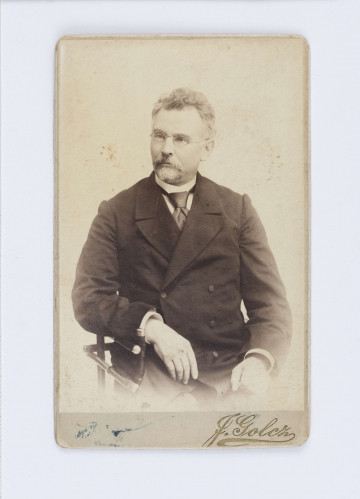
Portrait of Prince Philip I
1541
National Museum in Szczecin
Part of the collection: European painting
Augustus II the Strong (1670-1733) was Elector of Saxony as Frederick Augustus I and electoral King of Poland – the first one from the Wettin dynasty. His nickname is usually associated with unusual strength, thanks to which he was supposedly able to bend horseshoes with his bare hands. In reality, however, he was not called the Strong until a century after his death, not in Poland but in Saxony, which flourished under his rule and gained political importance. He fared much worse in Poland. Although he planned many reforms, most of them failed to be introduced, as the nobility – bribed by foreign powers – broke off every second Sejm. Throughout his reign, he tried to restore the absolute monarchy, and to this end he entered into alliances with his neighbours. In exchange for help, he promised them territorial concessions from the lands of the Republic and thus initiated plans for the partition of Poland. Although he led to creating a professional army, filled depopulated areas with settlers from Western Europe, and expanded and embellished the capital, he also dragged the Republic into the devastating Northern War and ruined its treasury, spending gigantic sums on satisfying his expensive whims. For the sake of political games, he fuelled religious conflicts, showing unprecedented severity towards participants in the so-called Toruń tumult. He supposedly broke horseshoes, but only those specially prepared for propaganda purposes. Historians have given him a harsh and ambiguous assessment. However, the court painter Louis de Silvestre, in whose workshop the posthumous portrait of the King was painted, had no doubts. The painting proclaims his glory: a victorious commander with a regiment in his hand, an eminent Polish King with the Order of the White Eagle, which he established in 1705, and a statesman of international importance. The Order of the Golden Fleece evidences it as one of the most highly prized decorations, dating back to the 15th century. The inscription above his head, calling him the peace-making father of homeland in goodness, is the icing on the cake of this panegyric.
Barbara Czajkowska
Author / creator
Dimensions
cały obiekt: height: 106 cm, width: 159 cm
Object type
painting
Technique
oil technique
Material
canvas, oil-based paint
Creation time / dating
Creation / finding place
Owner
The National Museum in Lublin
Identification number
Location / status

1541
National Museum in Szczecin

National Museum in Lublin

around 1890
National Museum in Lublin
DISCOVER this TOPIC
Museum of King Jan III's Palace at Wilanów
DISCOVER this PATH
Educational path